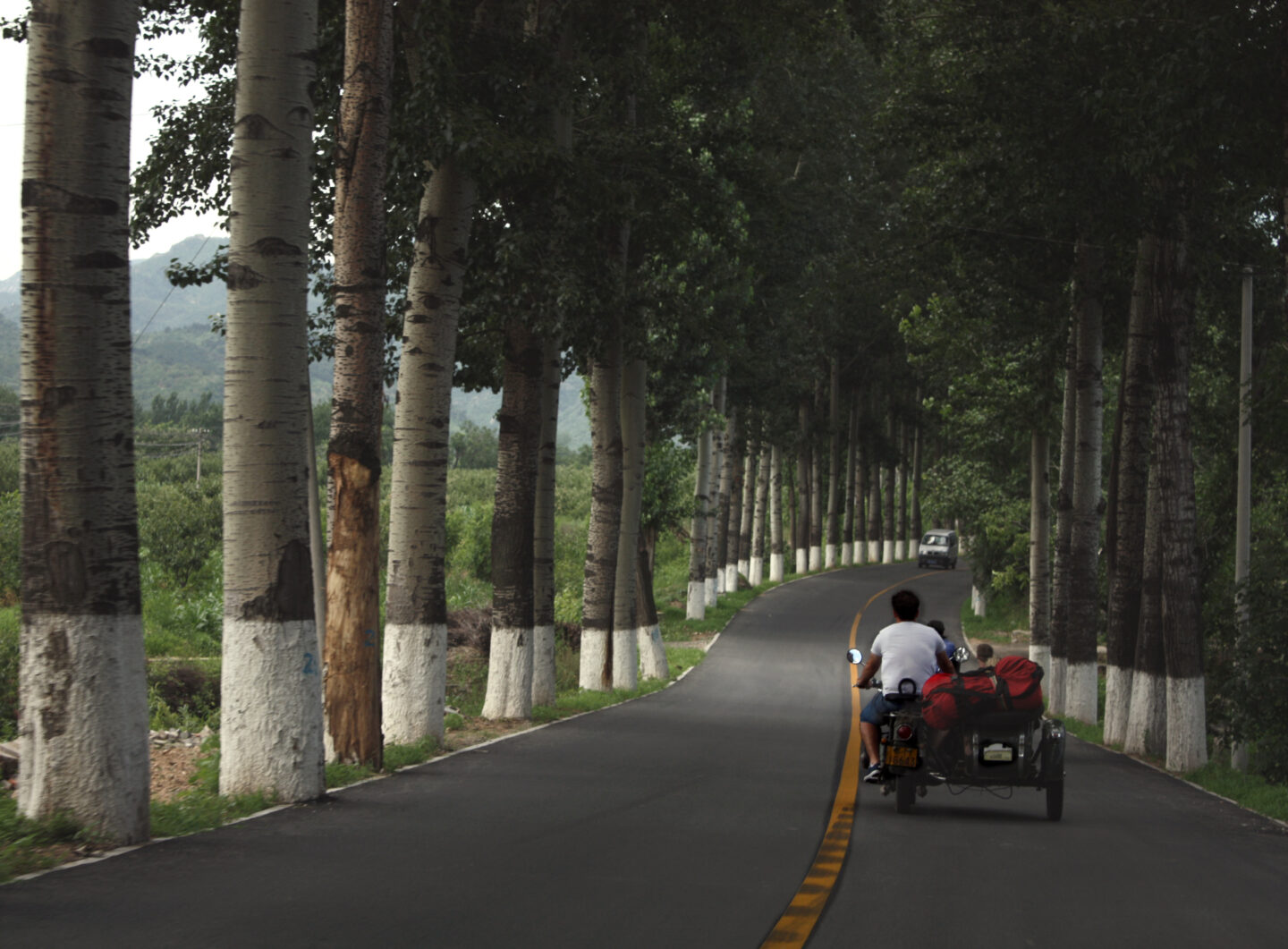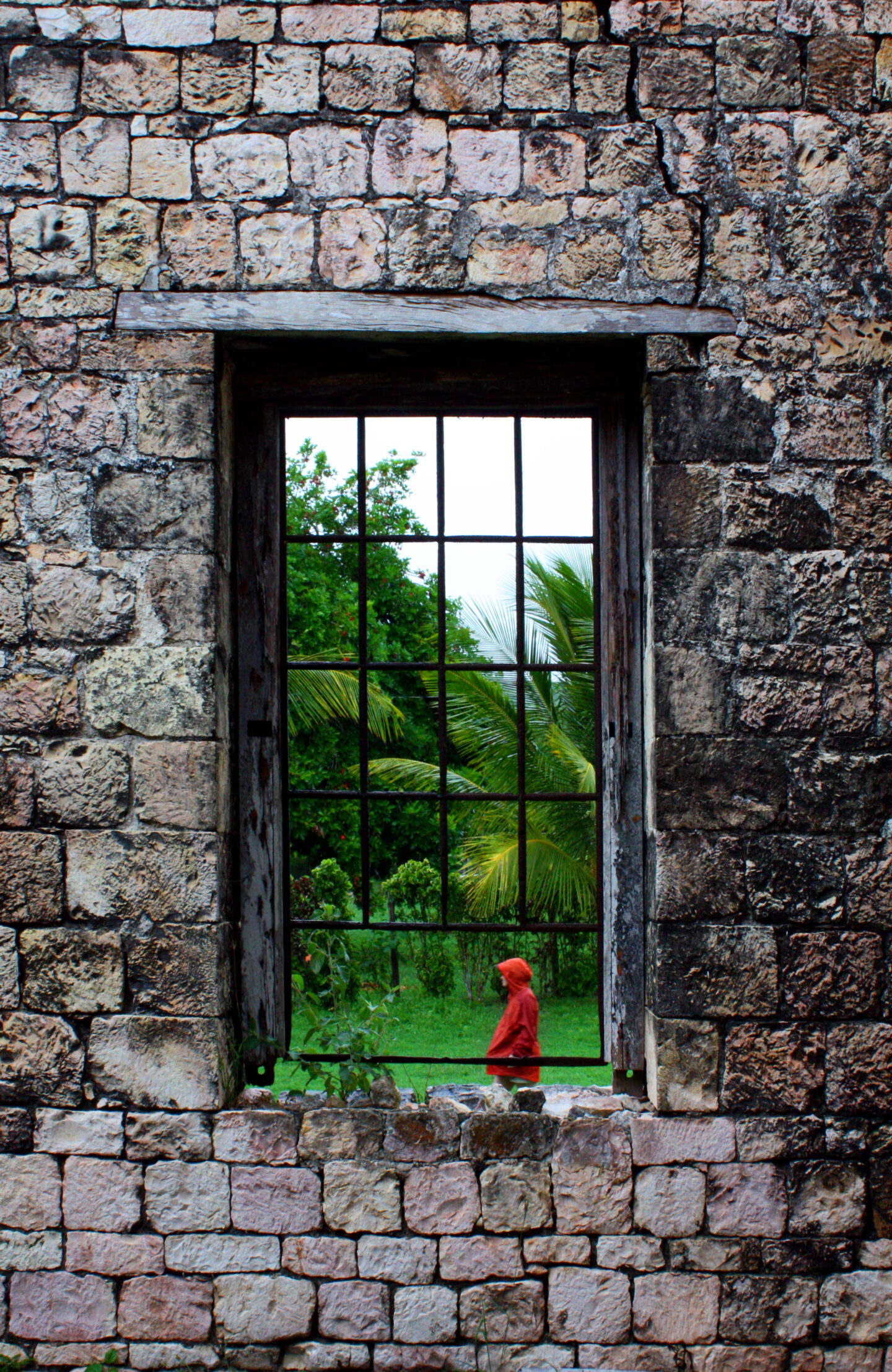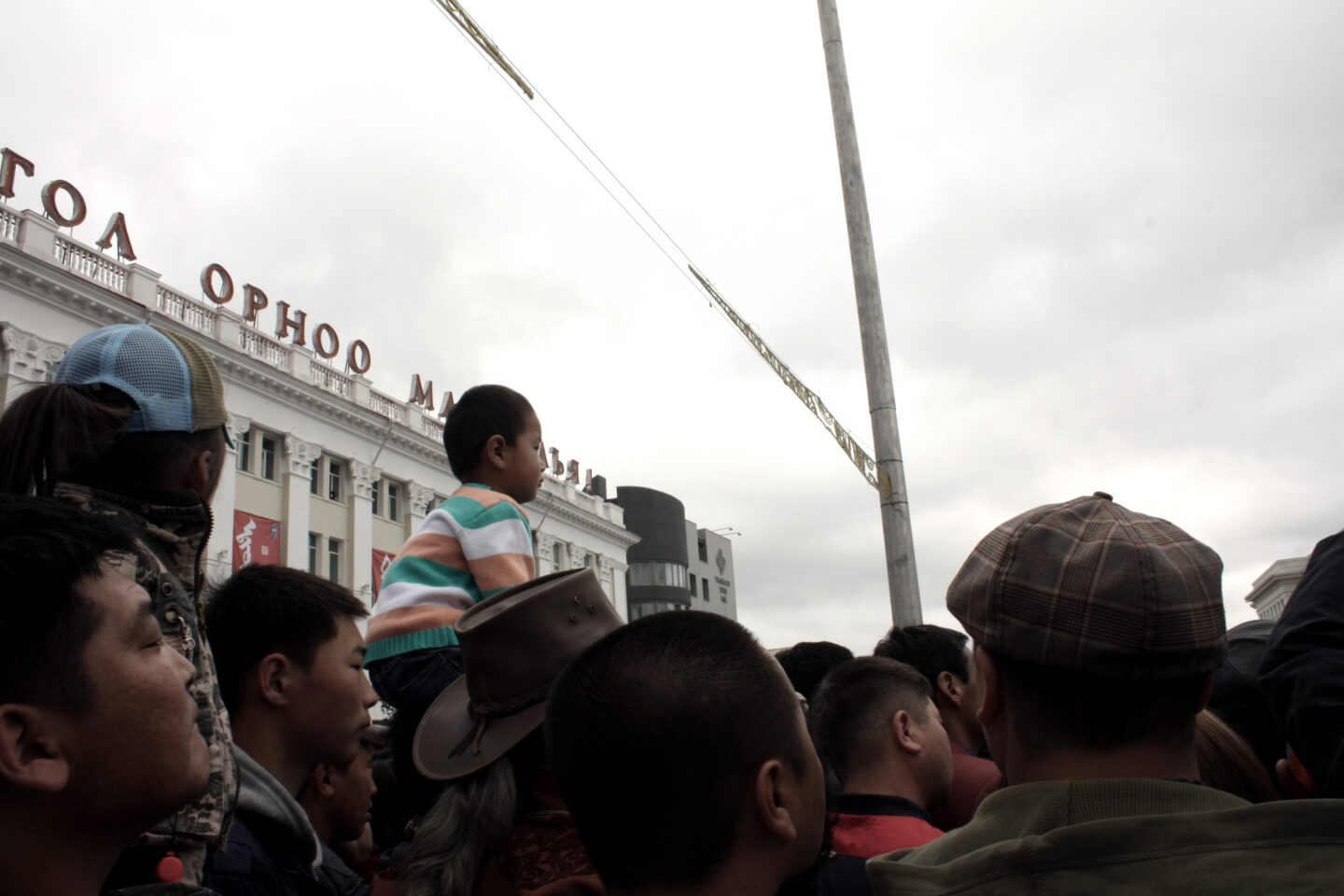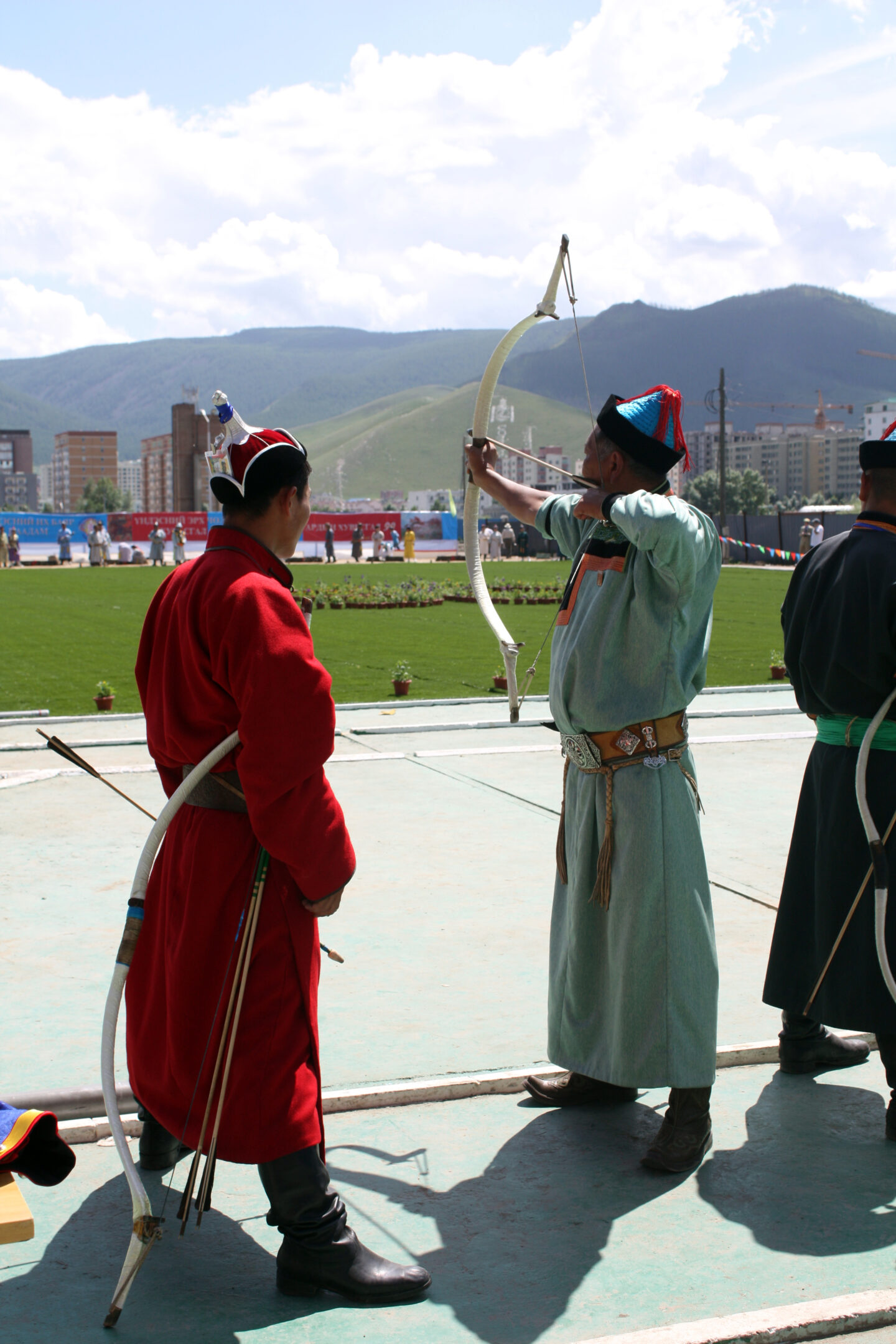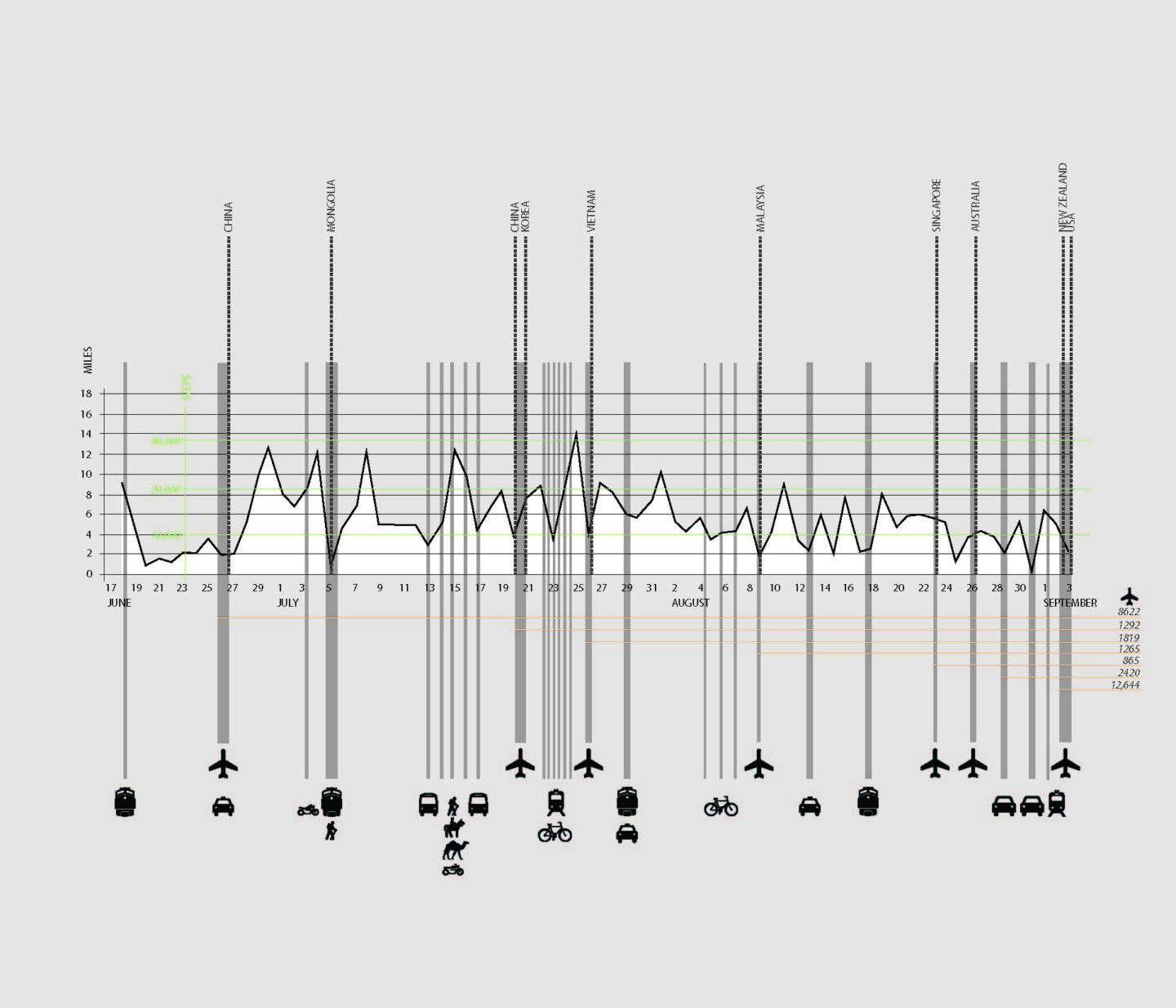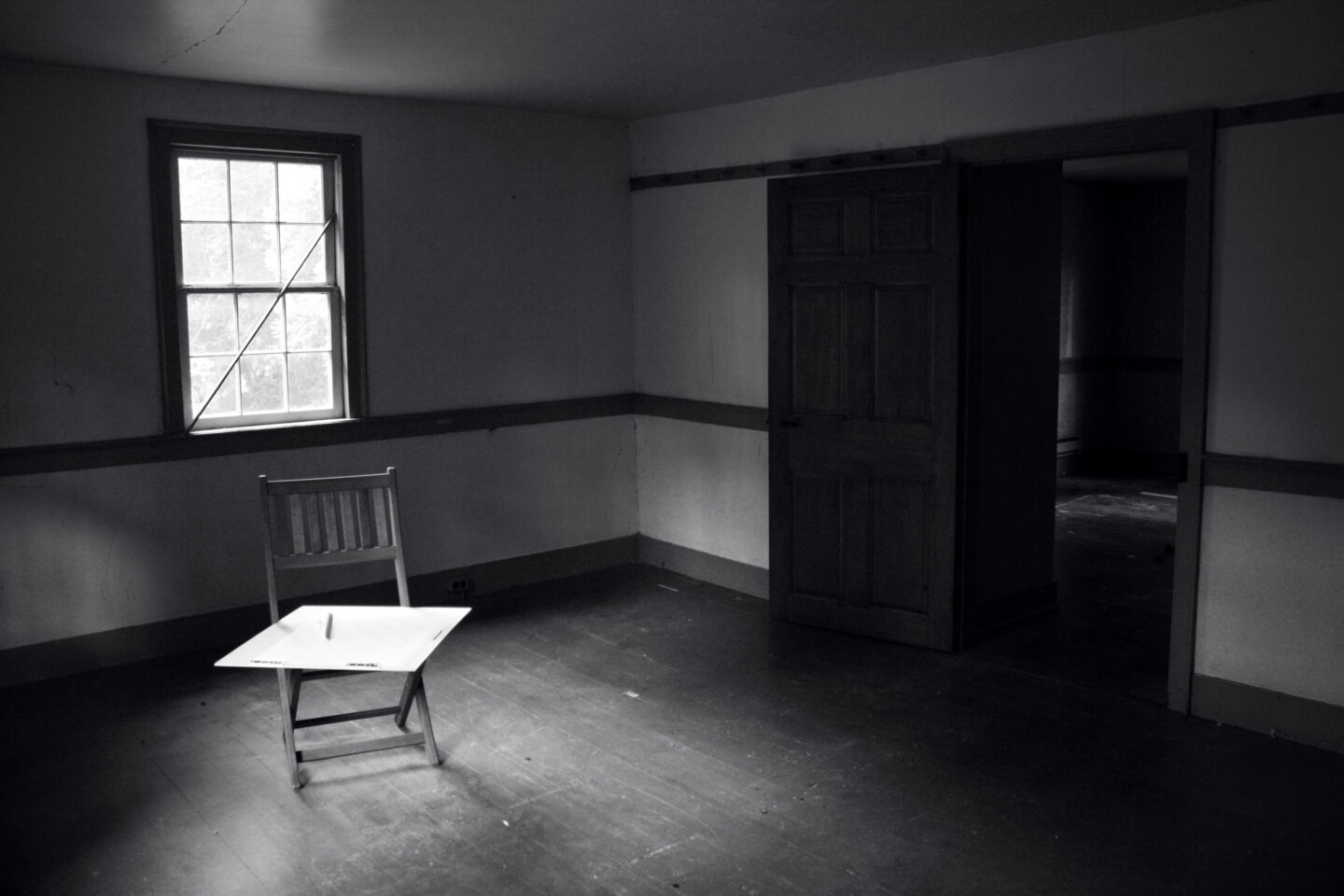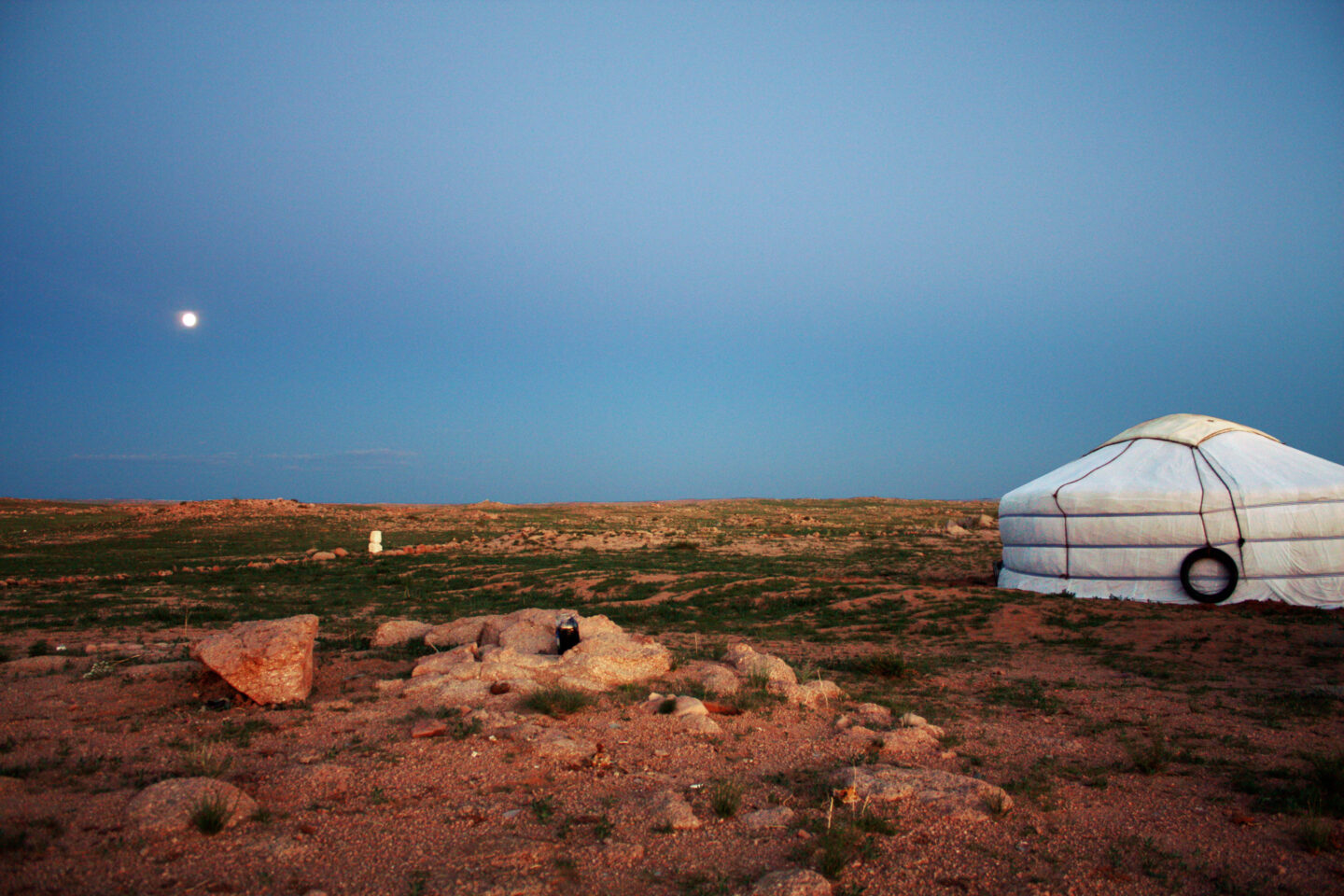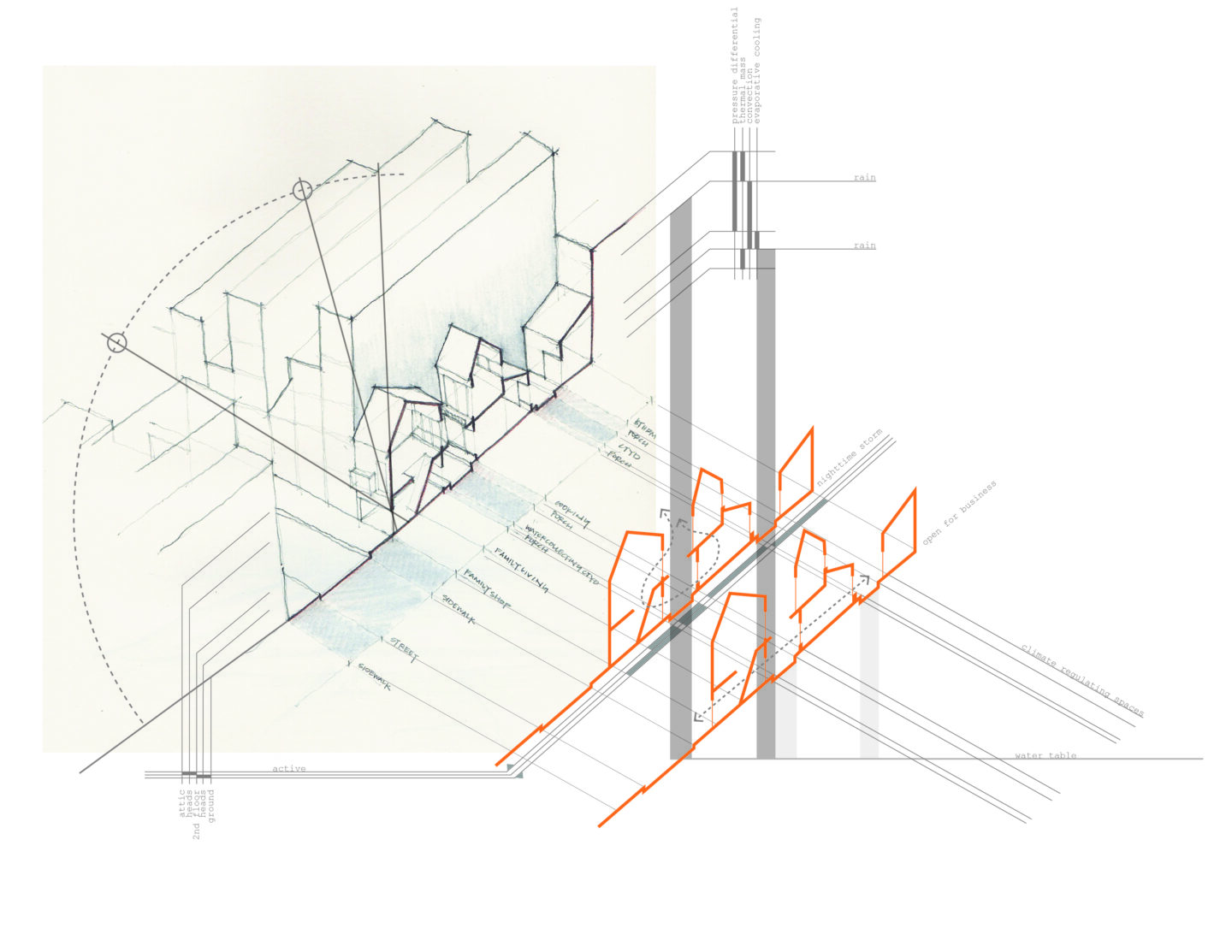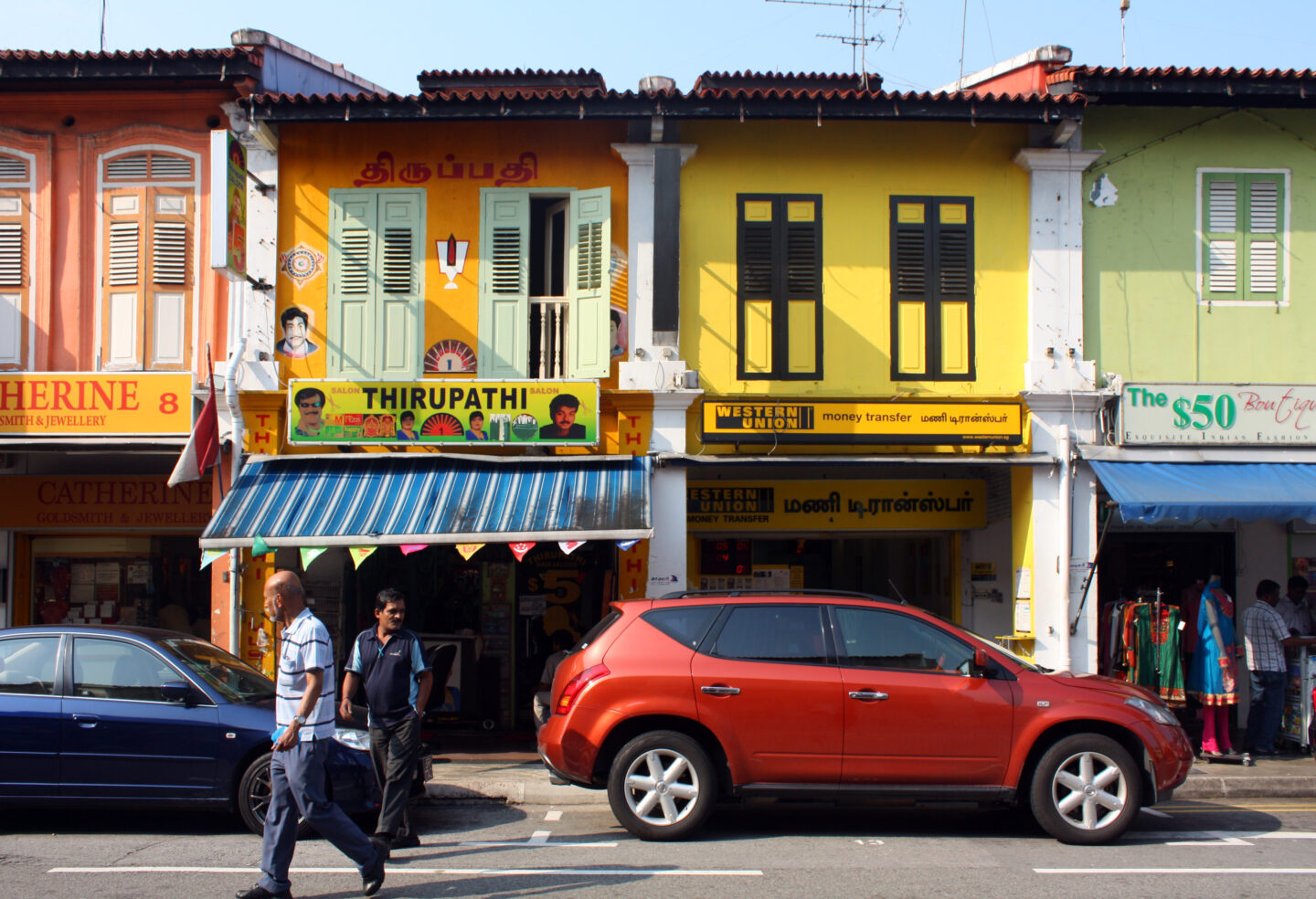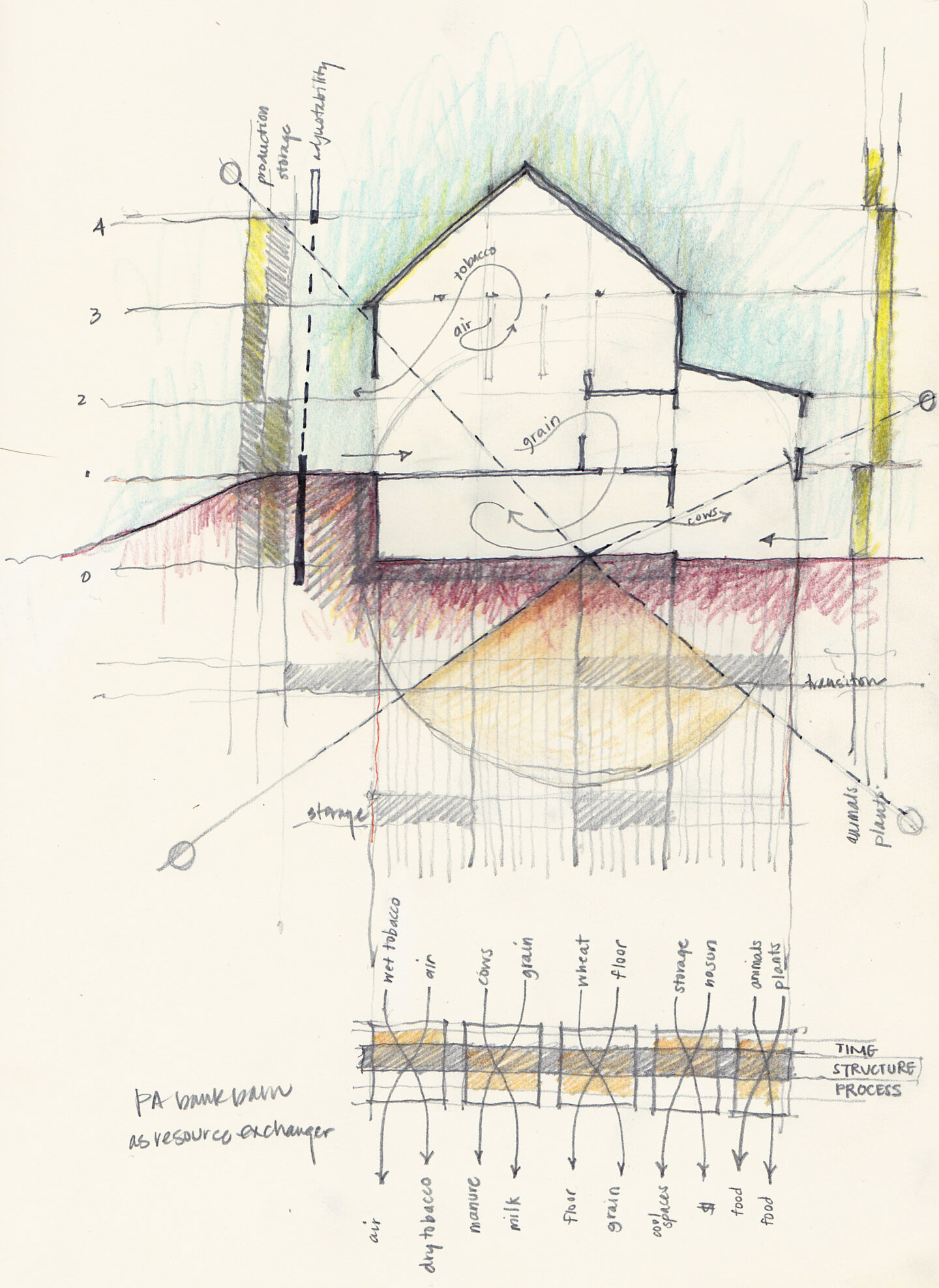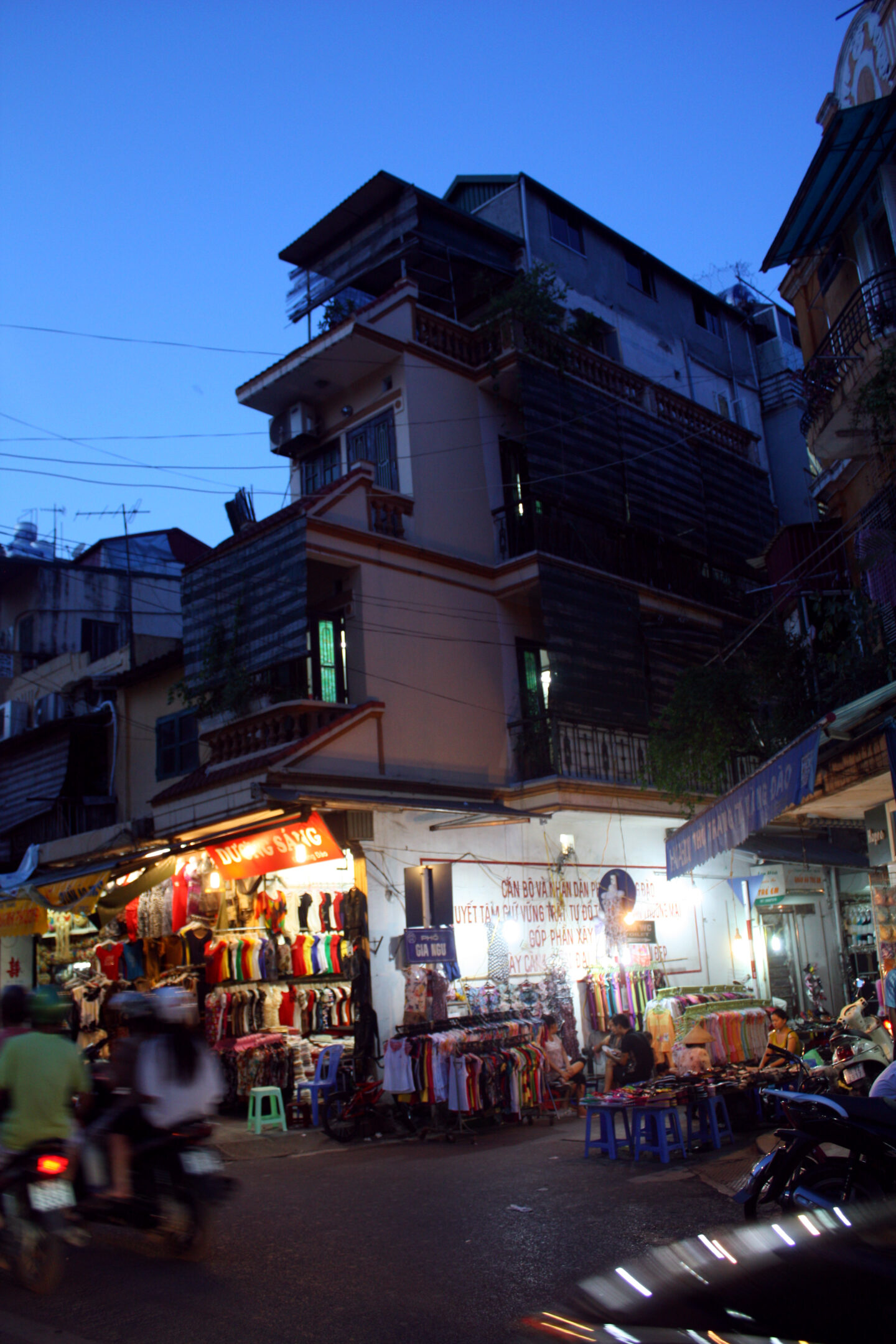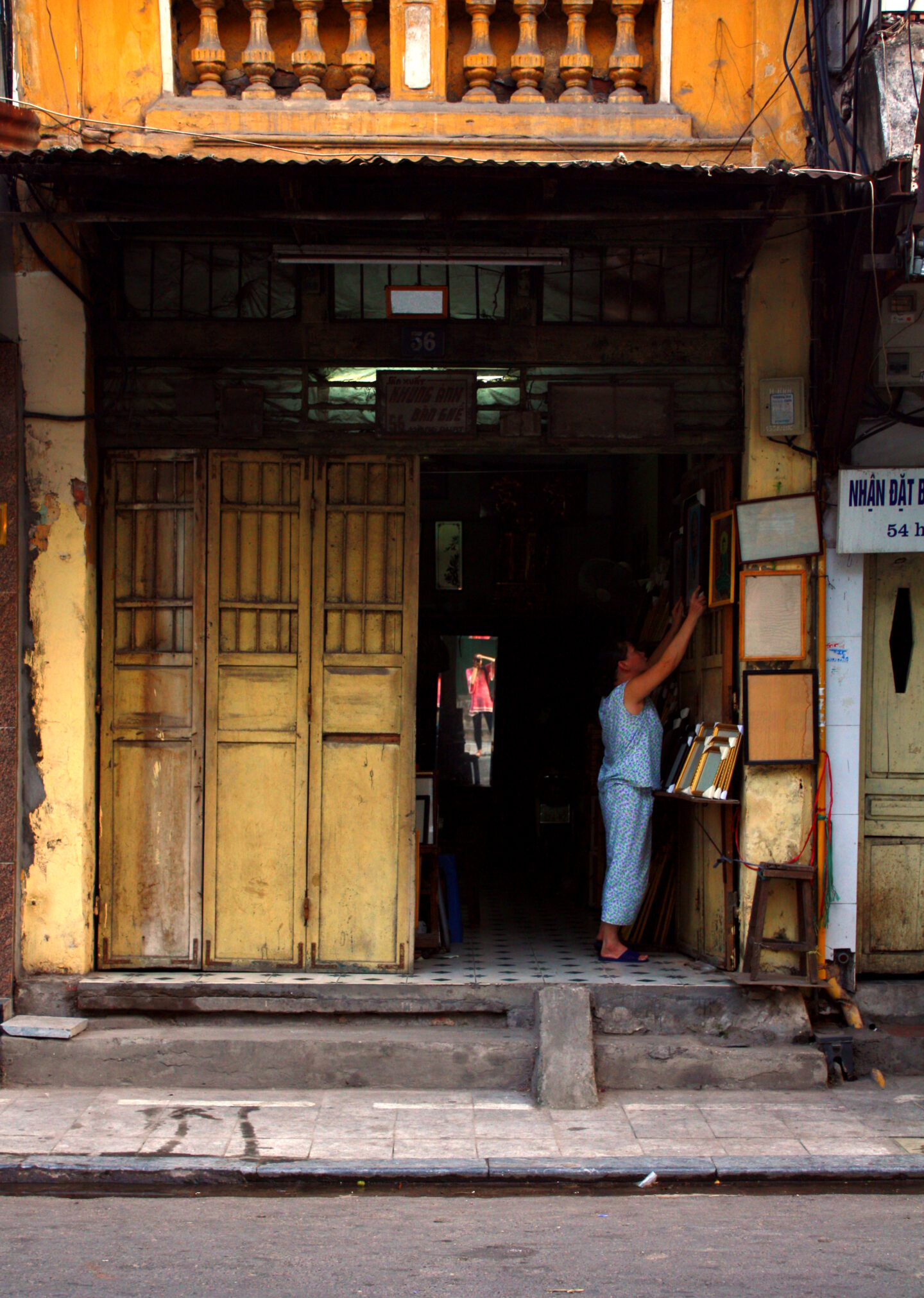Client
SOM Foundation
Year
2010-2012
Program
Research
Status
Completed
Location
Worldwide
As recipient of the prestigious SOM Fellowship in 2010, Marilyn received $50,000 to travel to countries on four continents along a single line of longitude. Her research topic is a direct outgrowth of her experience managing the “ecoMOD” House, a design/build/evaluate project at the University of Virginia School of Architecture during her undergraduate studies, her work experiences doing emergency home repair in the coalfields region of West Virginia, and her master’s thesis work on rural affordable housing in Appalachia.
From Marilyn's book [full PDF version here; buy a copy here]:
You could say that my SOM Foundation journey began twenty years ago, when I discovered that drying mud pies on the roof of my playhouse happened a lot faster if I propped them up toward the sun, shifted them at lunch, and then again in the afternoon before taking them down in the evening. Since then, I’ve been on the search for understanding of the process, the moment of innovation brought by necessity, and the poetry of building things—a trajectory of inquiry that landed me in architecture, and of course, most recently, on an epic five-month journey around the world.
Research, it seems to me, is a sort of trajectory, or more precisely, a meander with a purpose. “Trajectory” implies a known path, those dreaded equations from physics class that provide an explanation, but for me, merely cloud the issue I understand in pictures and observation and instinct.
It is with this mix of planned path and discovered trajectories that I set out on my SOM Foundation travels, along the 103° E, 75° W lines of longitude. The use of the longitudinal line is obviously, and unapologetically, arbitrary. But the link between these sites is not: each presents a rich heritage of colonizing cultures—from the British in Jamaica or Australia to the Russians in Mongolia and the Chinese in Vietnam. All of these places have a large stock of extant vernacular architecture, as well—ideal places to investigate my essential questions:
What happens when people from one climate arrive in another one and begin to adjust their architecture? What do they keep of their own architectural traditions? What do they sacrifice to a desire for climatic comfort? How do they learn from the architecture they encounter? How is this learning manifest in the built environment, at every scale? Most simply: What is the tipping point between climate and culture, as evidenced in the vernacular built environment?
These questions, and their attendant investigations, frame space making in every culture and at every scale—and seem to be the questions some designers have forgotten how to ask, because, perhaps, of a false sense of mastery over these questions. We think we are above these questions, that we can afford to talk about form before [or in place of] site and climate responsiveness, and our architecture suffers because of it. Whether siting a building according to the sun’s position in the cosmos or in relation to a good shade tree, vernacular builders’ sensitivity to, and nuanced interaction with, these considerations of climate and place yield fascinating variations on familiar types, as well as robust urban forms. Combine that with overlays of various cultural building traditions, and the answers to those questions become even more interesting.
I recognize that this particular body of work is not scientific research; it is not provable—the task of understanding each of these cultures, their architecture, and their historical and climatic contexts, is immense—for which the satisfactory completion of ONE of these sites would be a life’s work. Instead, I am presenting a method of inquiry, a process of interpreting the world, of drawing conclusions, connections, and comparisons that is, perhaps, unique to an architect—not fully quantitative, not fully qualitative—but firm in the belief that the graph and the painting, the data set and the sketch, the researched argument and the instinctual suspicion together create a rich lens through which to see, and begin to understand the world, and then carefully, boldly, to add to it.
I feel that, after nearly two years of working on this, I am just now figuring out what the questions are, how these issues should be framed, and how I want to investigate them. These investigations broaden as much as they refine and narrow my thinking. In some ways, I don’t feel really any different than I did as a first-year architecture student, or as an eight-year-old making mud pies. For me, it’s all part and parcel of a way of living in the world, a way of engaging, and grappling, with curiosity—that, like Newton, we might sometimes swing our legs out of bed, only to become paralyzed by questions and thoughts for hours; but that the architect in us, the builder, the maker, would put pencil to paper and find movement again.
More from SOM Foundation here.
